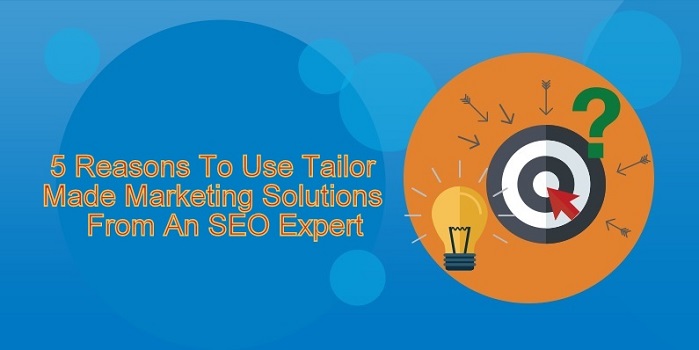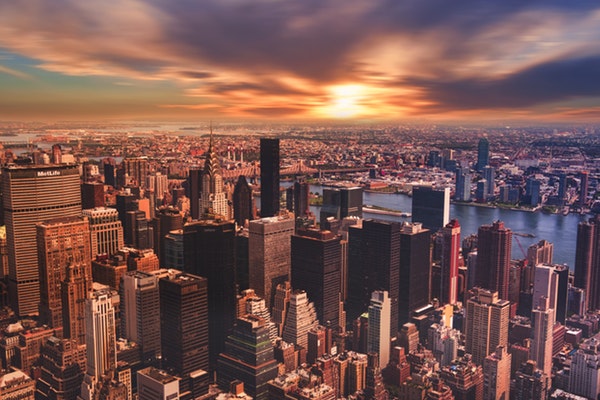On page optimization plays a key role in the SERP ranking of a site. When we talk about on page optimization, we generally talk about text content and links, but what we miss most of the times is the images used in a web page. Ask any SEO expert Melbourne and he will tell you that images are as crucial as text and unless they are optimized for the search engines, your site will hardly get the rank it deserves.
Images are used in a web page primarily for two reasons.
- Enhance the visual appeal to grab viewers’ attention
- Explain something that you have described in the text content.
So, let’s find out how images can be search engine optimized to boost your website’s ranking.
Use relevant image: This suggestion seems very basic? Think twice, because I have seen many people use images that are not related to the topic of a web page. For example, if you are selling sunscreen creams for women from your site, images of fair women should be used only. In case, there is an image of a man along the images of females, you are sending a wrong message to the consumers. Once the male customers will find that the image misguided them, they will leave the site quickly and Google considers high bounce rate as an indication of poor user experience.
Keyword rich alt text is a must: Search engines can’t view the images and alt tags help them understand the subject of the image. Alt tag is also good for user experience. In case, a user’s browser can’t render the images, he will see the alt text and immediately recognize the subject of your images. Use keyword rich alt text for your images to help search engines find your site faster.
Reduce image file size to make pages faster: If a website takes too much time to load, due to heavy images, users will simply skip the site. Therefore, you need to optimize the images. You can crop the images to fit the fixed area in the layout or show a smaller image and when a user clicks on it, open a new window to show the full size.
Create image sitemap file: It is a wise idea to consolidate all the images in a website into a single directory. An image sitemap simplifies the crawling process of Google bots and also help the site admin work in an organized manner.
Use web friendly graphics format: Help the browsers render your site images effortlessly by using web friendly image formats such as JPEG and PNG.
Properly optimized images not only help secure a good rank on normal Google search results, but also make your images visible in Google Image search. So, don’t waste your time anymore and start optimizing website images by following the tips mentioned in this post. If you think you have more image optimization ideas, share your thoughts with us.


